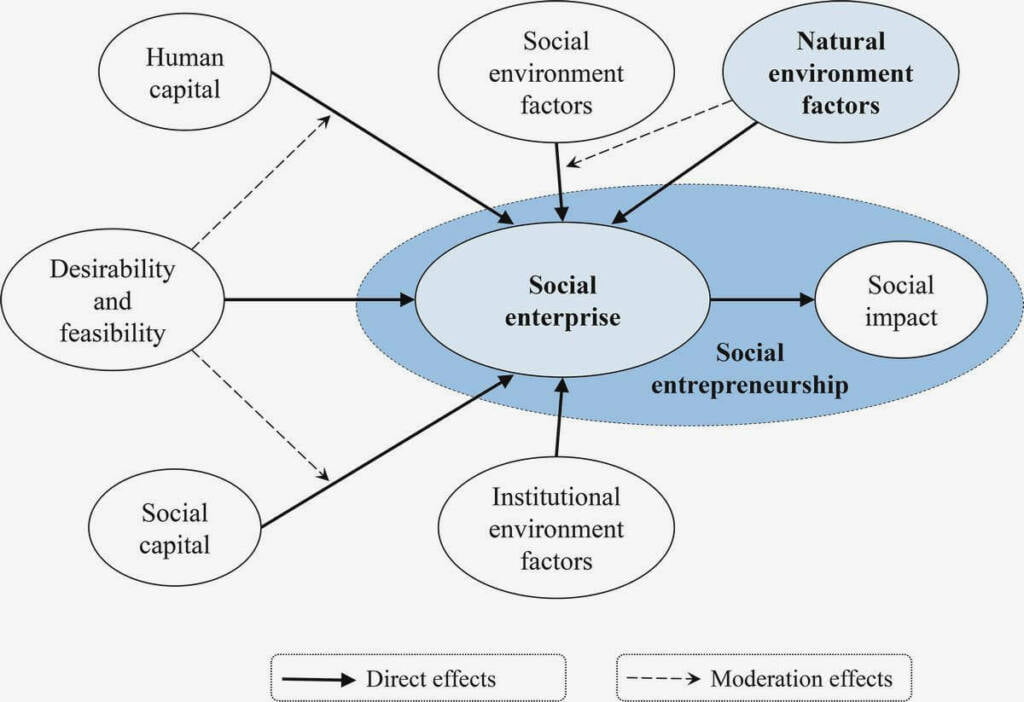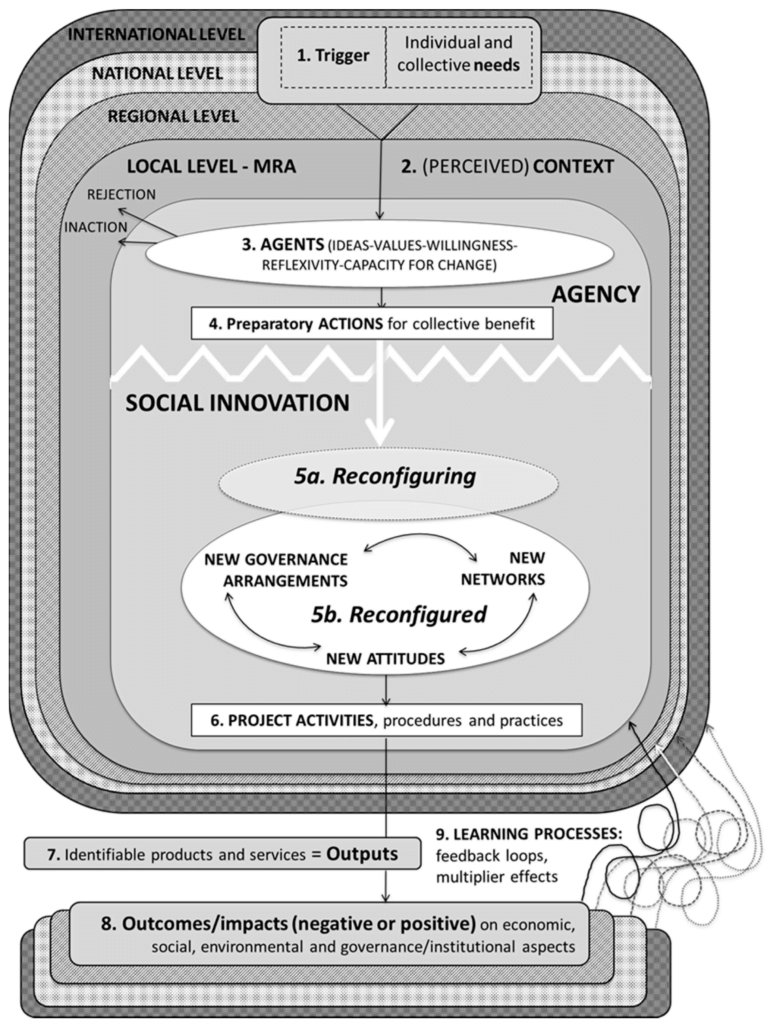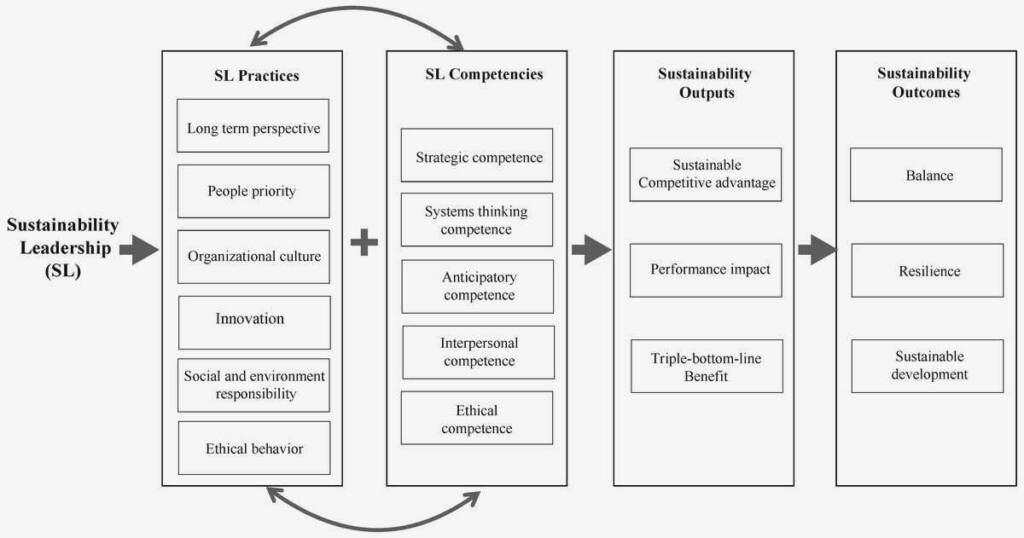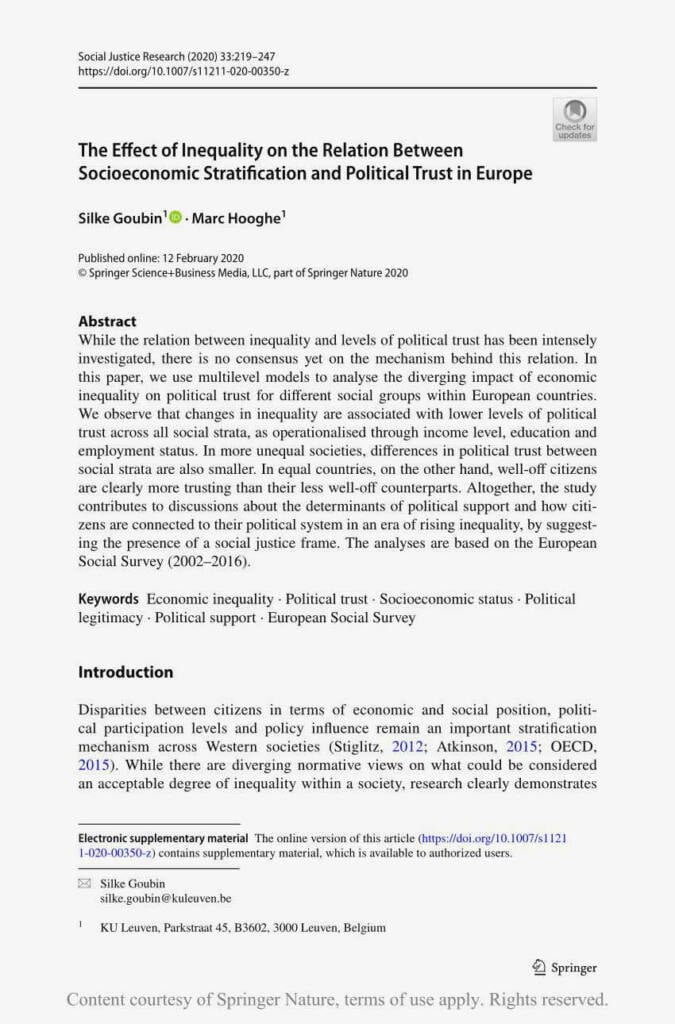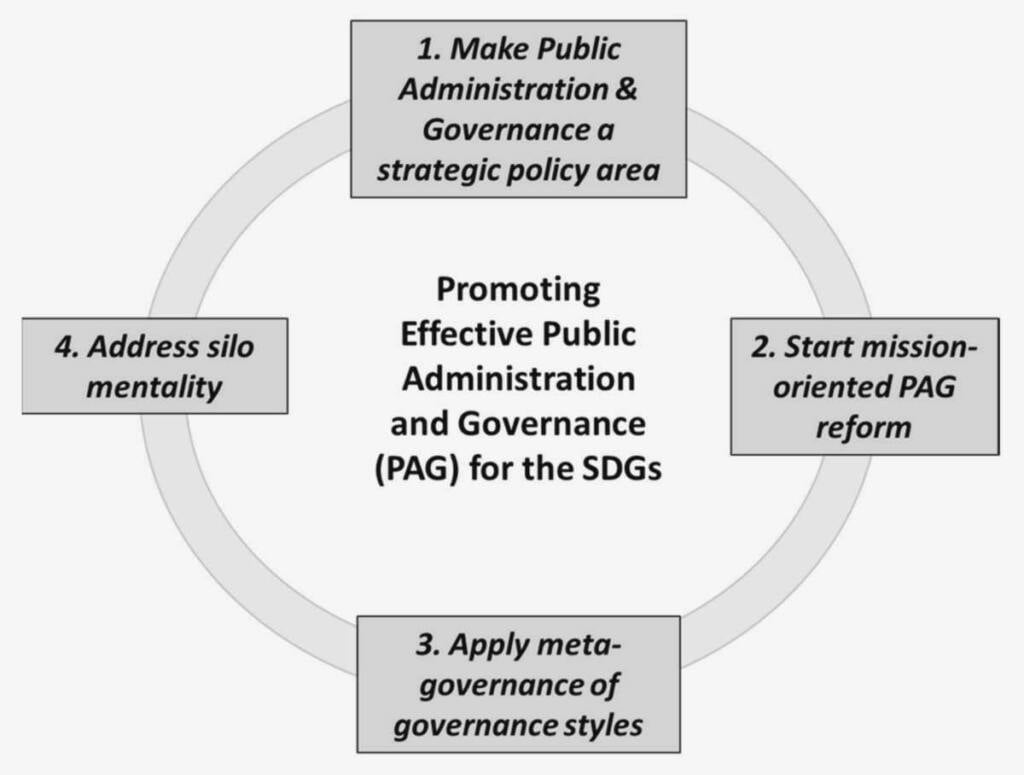As civil society organizations work to address social and environmental issues, it is essential to measure the impact of their efforts. Social impact measurement plays a crucial role in driving the impact of civil society organizations by providing them with data and insights to evaluate their effectiveness and make informed decisions. By measuring social impact, organizations can better understand the outcomes and changes they are making, identify areas of improvement, and demonstrate their value to stakeholders and funders.
Social impact measurement is a multidimensional process that goes beyond traditional measures of success such as financial metrics. It includes capturing both quantitative and qualitative data to assess the long-term effects of an organization’s activities on individuals, communities, and society at large. This comprehensive approach allows civil society organizations to gain a holistic view of their impact and make evidence-based decisions to create lasting change.
One of the key benefits of social impact measurement is its ability to provide organizations with actionable insights. By collecting data on outcomes and impact, organizations can identify areas where they are successfully making a difference and areas where improvement is needed. This knowledge allows organizations to adjust their strategies and interventions, maximizing their effectiveness and ultimately making a greater impact on the issues they seek to address.
Furthermore, social impact measurement helps civil society organizations in their advocacy efforts. By demonstrating the positive changes they are making, organizations can effectively communicate their value and influence policies and decision-making processes. Social impact measurement provides the evidence and credibility needed to convince stakeholders, including government officials, donors, and the public, of the importance of their work and the need for continued support.
Understanding Social Impact Measurement
Social impact measurement is the process of evaluating and assessing the effects and outcomes of social initiatives and interventions. It is a tool used to measure the impact of social programs, projects, and activities in order to understand their effectiveness and make evidence-based decisions.
The Importance of Social Impact Measurement
Social impact measurement is crucial for several reasons. First, it helps organizations and stakeholders understand the effectiveness of their social interventions. By measuring the impact, they can determine whether their programs are achieving the desired outcomes and make necessary adjustments to improve their effectiveness.
Second, social impact measurement provides accountability and transparency. It allows organizations to demonstrate their social value and show how they are making a difference in the communities they serve. This is important for attracting funding and support from donors, investors, and other stakeholders.
Third, social impact measurement helps in decision-making and resource allocation. By understanding the impact of different initiatives, organizations can prioritize their efforts and allocate resources to those projects that have the greatest social impact.
Methods and Approaches to Social Impact Measurement
There are various methods and approaches to social impact measurement. One common approach is the use of outcome indicators, which are specific measures that assess the change or impact resulting from a program or intervention. These indicators can be quantitative, such as the number of people served or the improvement in a specific outcome, or qualitative, such as changes in behavior or attitudes.
Another approach is the use of surveys and interviews to gather data directly from program participants or beneficiaries. This qualitative data can provide insights into the experience and perception of the program, as well as its impact on individuals and communities.
Some organizations also use randomized controlled trials (RCTs) to measure social impact. RCTs involve randomly assigning participants to different groups, one of which receives the intervention and the other does not. By comparing the outcomes of these groups, researchers can determine the causal effects of the intervention.
In addition to these methods, social impact measurement can involve the use of case studies, logic models, and cost-benefit analysis to assess and understand the impact of social initiatives.
Challenges of Social Impact Measurement
While social impact measurement is valuable, it also presents challenges. One challenge is the complexity of measuring social change. Social initiatives often have multiple and interconnected outcomes, making it difficult to isolate the specific impact of a program or intervention.
Another challenge is the lack of standardized metrics and approaches. Social impact is often context-specific, and there is no one-size-fits-all approach to measurement. This can make it challenging to compare and aggregate data across different programs or initiatives.
Finally, social impact measurement requires resources, including time, expertise, and financial investment. Organizations need to invest in data collection, analysis, and reporting processes, which can be costly and time-consuming.
Despite these challenges, social impact measurement is a valuable tool that can drive civil society‘s impact and contribute to creating lasting change in communities around the world.
Driving Change Through Data
In today’s world, data plays a pivotal role in driving change and making informed decisions. Civil society organizations are increasingly recognizing its importance and harnessing the power of data to create lasting impact. Social impact measurement provides a structured framework for collecting, analyzing, and interpreting data to understand the effectiveness of interventions and drive change in communities.
Through the collection and analysis of data, organizations can gain insights into the needs and challenges faced by individuals and communities. This data helps identify gaps in existing services and programs, allowing organizations to tailor their interventions to address specific needs and create more impactful solutions. By using data-driven approaches, civil society organizations can ensure that their efforts are focused on the most pressing issues and that resources are allocated in the most efficient and effective way.
Data also plays a crucial role in monitoring and evaluating the outcomes of interventions. By measuring the social impact of their programs, organizations can assess whether they are achieving their desired outcomes and make necessary adjustments to improve effectiveness. This feedback loop enables organizations to continuously learn and improve, driving change and maximizing their social impact.
Furthermore, data can be a powerful advocacy tool for civil society organizations. By collecting data on the needs and challenges of the communities they serve, organizations can present concrete evidence of the issues at hand. This data-driven approach strengthens their advocacy efforts, as it provides a factual basis for their claims and highlights the urgency and importance of their cause. Data can also be shared with policymakers and other stakeholders to influence policy decisions and drive systemic change.
In conclusion, data-driven approaches are crucial for driving change and creating lasting impact. By utilizing social impact measurement and harnessing the power of data, civil society organizations can better understand the needs of communities, evaluate the effectiveness of interventions, and advocate for meaningful change. Data empowers organizations to make informed decisions, allocate resources strategically, and ultimately drive positive change in society.
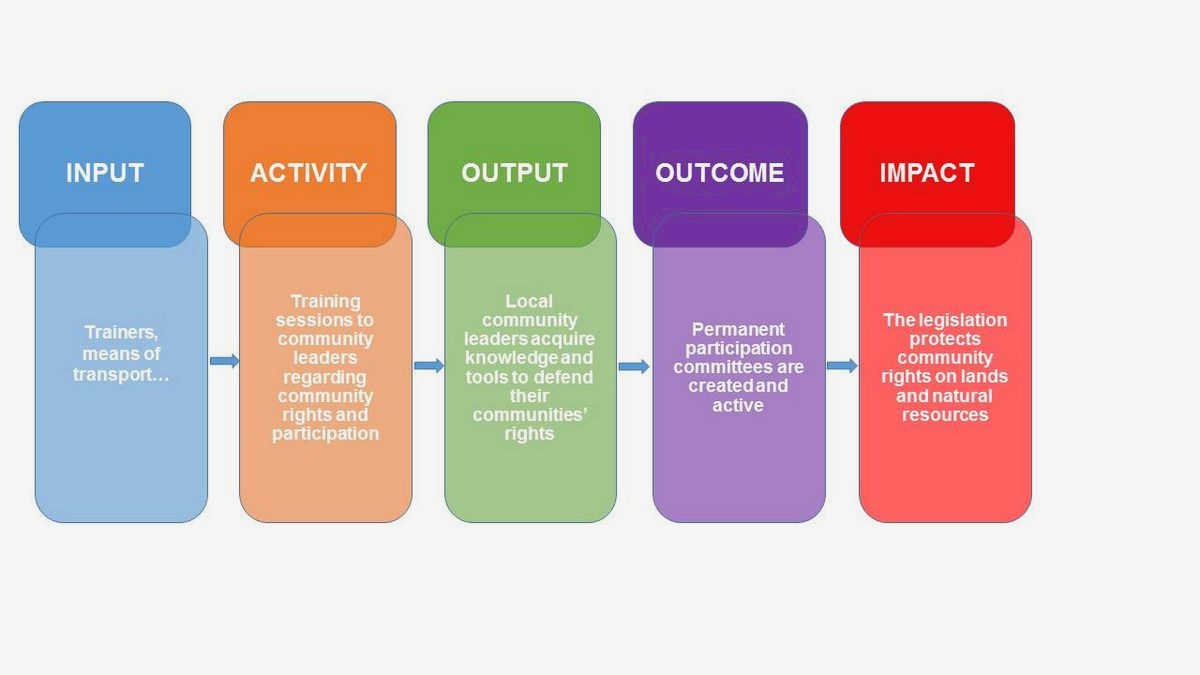
Measuring the Effectiveness of Civil Society
Measuring the effectiveness of civil society is crucial in understanding the impact it has on society at large. It allows us to assess the effectiveness of interventions and programs that aim to address social issues and bring about positive change. By measuring the effectiveness of civil society, we can identify what works and what doesn’t, and allocate resources accordingly.
One way to measure the effectiveness of civil society is through impact assessments. These assessments involve evaluating the outcomes and long-term effects of initiatives undertaken by civil society organizations. Impact assessments can help us understand the extent to which civil society interventions are achieving their intended outcomes and whether they are making a meaningful and sustainable difference in the lives of the communities they serve.
Another important aspect of measuring the effectiveness of civil society is through monitoring and evaluation. This involves systematically collecting and analyzing data throughout the life cycle of a program or intervention. Monitoring allows us to track progress and identify any areas that need improvement, while evaluation helps us assess the overall effectiveness and impact of the initiatives undertaken by civil society organizations.
Measuring the effectiveness of civil society also involves considering the input and participation of stakeholders. Stakeholder engagement is crucial in ensuring that the perspectives and voices of those affected by the interventions are taken into account. By involving stakeholders in the measurement process, we can gain valuable insights and make more informed decisions about the effectiveness of civil society.
In conclusion, measuring the effectiveness of civil society is essential in driving meaningful and lasting change. It helps us understand what works and what doesn’t, allocate resources effectively, and ensure that the interventions undertaken by civil society organizations are making a tangible difference in the lives of the communities they serve. By employing impact assessments, monitoring and evaluation, and involving stakeholders, we can gain a comprehensive understanding of the effectiveness of civil society and drive positive social impact.
The Importance of Impact Assessment
Impact assessment plays a crucial role in measuring and evaluating the effectiveness of social impact initiatives. It provides organizations with valuable insights into the outcomes and long-term effects of their work, helping them understand what works and what needs improvement.
By conducting impact assessments, organizations can quantify and demonstrate the value and significance of their efforts. This allows them to communicate their achievements to stakeholders, donors, and the wider community, fostering transparency and accountability.
Moreover, impact assessment enables organizations to identify areas of success and areas that require further attention. By analyzing data and evaluating their impact, organizations can make informed decisions and refine their strategies, ensuring that their efforts have the greatest possible impact on the communities they serve.
Impact assessment also plays a crucial role in fostering learning and knowledge sharing within the civil society sector. By sharing their findings and best practices, organizations can contribute to an exchange of ideas and insights, enabling others to learn from their successes and challenges.

Furthermore, impact assessment helps organizations allocate their resources effectively. By understanding the impact of their initiatives, organizations can prioritize the allocation of funds, time, and personnel, ensuring that resources are directed to the most impactful activities.
In conclusion, impact assessment is a vital tool for organizations working towards social change. It enables them to measure and evaluate their impact, communicate their achievements, identify areas for improvement, foster learning within the sector, and allocate resources effectively. By investing in impact assessment, organizations can drive meaningful and lasting change in the communities they serve.
Evaluating Social Programs and Initiatives
When it comes to creating social change, measuring the impact of programs and initiatives is crucial. Evaluating social programs and initiatives allows organizations to assess the effectiveness and efficiency of their efforts, identify areas for improvement, and make data-driven decisions. This evaluation process involves collecting relevant data, analyzing it, and drawing conclusions about the program’s outcomes and impact.
To evaluate social programs and initiatives, organizations may use a mix of qualitative and quantitative data. Qualitative data provides insights into the experiences, perceptions, and opinions of individuals involved in the program, while quantitative data offers measurable outcomes and indicators. By combining these two types of data, organizations can gain a comprehensive understanding of the program’s impact on individuals and communities.
Evaluation methods
There are various evaluation methods that can be used to assess social programs and initiatives. One common method is the pre-post evaluation, which compares data collected before and after the implementation of the program to measure changes in the target population. Another approach is the utilization-focused evaluation, which focuses on how the evaluation findings can be used to improve the program and inform decision-making.
Organizations may also employ the theory of change approach, which involves mapping out the desired outcomes and impact of the program and then conducting evaluations to assess the progress towards these goals. This approach helps organizations understand the causal relationships between the program activities and the desired outcomes, enabling them to make adjustments and improvements as needed.
Challenges and considerations
While evaluating social programs and initiatives is essential, it can present some challenges. One of the main challenges is identifying appropriate indicators and metrics to measure the program’s impact accurately. Organizations must carefully select indicators that are relevant, reliable, and meaningful in capturing the outcomes and impact of the program.
In addition, evaluation efforts must consider ethical considerations, such as maintaining participant confidentiality and obtaining informed consent. It is also crucial to engage stakeholders throughout the evaluation process to ensure their perspectives are considered and to foster a sense of ownership and collaboration.
Overall, evaluating social programs and initiatives is a critical step in driving lasting change. By using a mix of evaluation methods and considering the challenges and ethical considerations, organizations can gather valuable insights and data to continually improve their programs and have a greater positive impact on society.
Quantifying the Value of Social Change
Social change is a powerful force that has the potential to transform communities and improve the lives of individuals. However, measuring the value of social change can be a complex task. In order to understand the impact of social initiatives, it is crucial to quantify the value they create.
One way to measure the value of social change is by looking at the outcomes it generates. By tracking specific metrics and indicators, organizations can determine the extent to which their interventions have led to positive changes. These outcomes could include improvements in education, health, economic opportunities, or environmental sustainability.
Impact measurement is another method to quantify the value of social change. This involves evaluating the social, environmental, and economic effects of a particular intervention. Through rigorous data collection and analysis, organizations can assess the long-term impact of their initiatives and identify areas for improvement.
Utilizing cost-benefit analysis is another approach to quantify the value of social change. This method involves comparing the costs associated with implementing a social intervention to the benefits it generates. By assigning monetary values to both costs and benefits, organizations can determine the overall return on investment of their initiatives.
Social return on investment (SROI) is a framework that further enhances the quantification of social change. It takes into consideration the social, environmental, and economic value created by an intervention and calculates its return on investment. This holistic approach provides a comprehensive understanding of the impact of social initiatives and enables organizations to make informed decisions.
Overall, quantifying the value of social change is essential for assessing the effectiveness and efficiency of social initiatives. By employing various measurement techniques such as outcome tracking, impact measurement, cost-benefit analysis, and SROI, organizations can gain valuable insights into the impact they are creating and make data-driven decisions for future interventions.
Metrics for Measuring Social Impact
Measuring social impact is crucial for organizations working towards creating lasting change in civil society. It allows them to assess the effectiveness of their programs and initiatives, identify areas of improvement, and demonstrate the value they are delivering to their beneficiaries and stakeholders. There are several key metrics that can be used to measure social impact:
1. Outcome Indicators
Outcome indicators measure specific changes in individuals, communities, or systems that result from an organization’s interventions. These indicators can include improvements in education levels, health outcomes, employment rates, or overall well-being. By tracking outcome indicators, organizations can determine if their programs are achieving the intended results and make adjustments as needed.
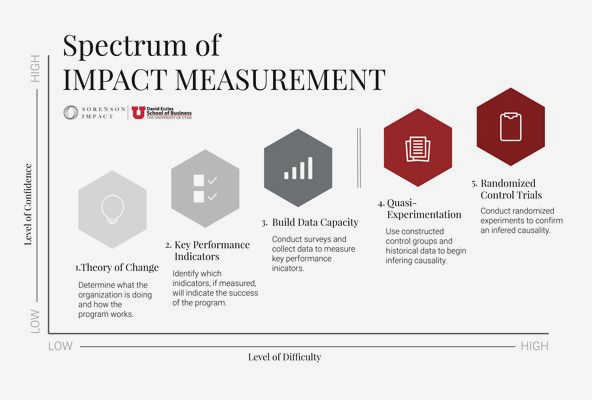
2. Social Return on Investment (SROI)
Social Return on Investment (SROI) is a metric that quantifies the social value generated by an organization relative to the resources invested. It goes beyond financial value to capture the social, environmental, and economic benefits of an organization’s activities. SROI provides a holistic view of social impact and helps organizations demonstrate their value to funders, investors, and other stakeholders.
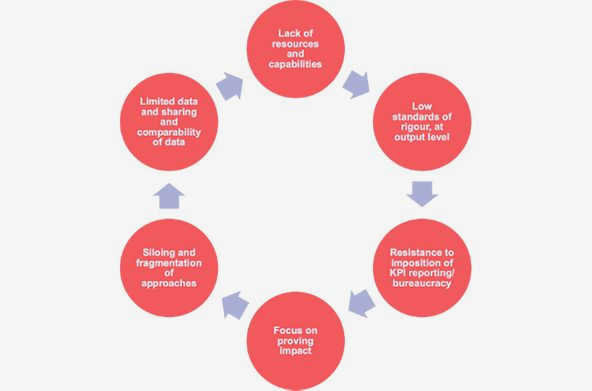
3. Proxy Measures
Proxy measures are indicators that are used to approximate or estimate the desired outcomes when direct measurement is not feasible. For example, if the desired outcome is improved access to education, a proxy measure could be the number of children enrolled in school. Although proxy measures may not capture the full complexity of the impact, they offer valuable insights when direct measurement is challenging.
4. Comparative Analysis
Comparative analysis involves comparing the social impact of an organization against similar programs or interventions. This can be done by benchmarking against industry standards, conducting randomized control trials, or comparing outcomes with other organizations in the same field. Comparative analysis provides a reference point to assess the effectiveness and efficiency of an organization’s social impact.
5. Stakeholder Feedback
Stakeholder feedback is a qualitative metric that captures the opinions, experiences, and perspectives of beneficiaries, communities, partners, and other stakeholders. It can be collected through surveys, interviews, focus groups, or testimonials. Stakeholder feedback provides valuable insights into the ways an organization’s interventions are perceived, the areas of strength, and the areas for improvement.
In conclusion, measuring social impact requires a combination of quantitative and qualitative metrics. It is essential for organizations to select metrics that align with their mission and objectives, and to continuously evaluate and improve their measurement approaches to ensure the effectiveness of their interventions and create lasting change in civil society.
Identifying Key Performance Indicators
In order to effectively measure social impact, it is crucial to identify key performance indicators (KPIs) that align with the goals and objectives of the organization. KPIs provide quantifiable metrics that can be used to assess the effectiveness and success of a social impact initiative.
To identify the most relevant KPIs, organizations need to first define their desired outcomes and impact areas. This involves a thorough understanding of the social issue being addressed and the target population. The KPIs should be specific, measurable, achievable, relevant, and time-bound (SMART).
One approach to identifying KPIs is to conduct a needs assessment or stakeholder analysis. This can involve gathering input from various stakeholders such as program beneficiaries, staff members, donors, and community partners. By engaging stakeholders in the process, organizations can gain valuable insights into the most important outcomes and indicators to monitor.
Another approach is to review existing frameworks and guidelines developed by experts in the field of social impact measurement. These frameworks often provide a list of recommended KPIs that align with different social impact areas, such as education, healthcare, poverty alleviation, and environmental sustainability. Organizations can use these resources as a starting point and adapt them to their specific context.
Once the KPIs have been identified, it is important to establish a system for data collection and analysis. This may involve setting up processes for data collection, developing tools for data entry and analysis, and training staff members on how to collect and interpret the data. Regular monitoring and evaluation of the KPIs will allow organizations to track progress, identify areas for improvement, and make data-informed decisions.
Using Data to Inform Decision-Making
Data plays a crucial role in informing decision-making within the realm of social impact measurement. By collecting and analyzing data, organizations can gain insights into the effectiveness of their initiatives and make informed decisions to drive meaningful change.
Evidence-based decision-making
Utilizing data allows organizations to move from intuition-based decision-making to evidence-based decision-making. By collecting data on various metrics and indicators related to their impact, organizations can gather concrete evidence of the effectiveness of their interventions. This data-driven approach helps organizations identify areas of improvement and make informed decisions about resource allocation and programmatic adjustments.
Identifying trends and patterns
By analyzing data over time, organizations can identify trends and patterns that may not be immediately apparent. For example, by tracking data on demographic characteristics of beneficiaries, organizations can identify if certain groups are being disproportionately impacted or if interventions are more effective for specific populations. This information can guide decision-making to ensure that resources are targeted appropriately and interventions are tailored to meet the specific needs of different groups.
Monitoring progress and impact
Data can also be used to monitor the progress and impact of social initiatives. By regularly collecting data on key indicators, organizations can track their progress towards predefined goals and objectives. This allows organizations to assess the effectiveness of their interventions and make data-driven decisions about scaling up successful initiatives or adjusting strategies for underperforming ones.
Enhancing accountability and transparency
The use of data in decision-making also enhances accountability and transparency. By collecting and reporting data on key metrics, organizations can provide stakeholders with a clear view of their impact and progress. This allows for greater transparency and helps build trust with funders, partners, and the wider community. It also enables organizations to be held accountable for the resources they receive and the outcomes they achieve.
In conclusion, data plays a critical role in informing decision-making within social impact measurement. By utilizing data to guide decision-making processes, organizations can enhance the effectiveness and efficiency of their initiatives and drive lasting change in civil society.
Implementing Impact Measurement Strategies
Implementing impact measurement strategies is crucial for civil society organizations to understand and communicate their social impact effectively. In order to effectively measure and track impact, organizations need to define clear goals and objectives. This involves identifying the desired social outcomes and determining the indicators that will be used to measure progress towards those outcomes.
The first step in implementing impact measurement strategies is to establish a framework for data collection. This includes creating a standardized set of data collection tools and processes. Organizations can use a combination of qualitative and quantitative methods to gather data, such as surveys, interviews, focus groups, and analysis of existing data sources.
Once data is collected, it needs to be analyzed and interpreted. This involves examining the data to identify patterns, trends, and correlations. Data analysis can help organizations understand the effectiveness of their programs and interventions, as well as identify areas for improvement.

Communication of impact is another important aspect of implementing impact measurement strategies. Organizations need to be able to effectively communicate their impact to a variety of stakeholders, including funders, partners, and beneficiaries. This can be done through various channels, such as reports, presentations, and case studies.
Finally, implementing impact measurement strategies is an ongoing process. Organizations should regularly review and update their measurement frameworks to ensure they are capturing the most relevant and meaningful data. This includes considering feedback from stakeholders and making adjustments as needed.
In conclusion, implementing impact measurement strategies is essential for civil society organizations to understand and communicate their social impact. By establishing clear goals, collecting and analyzing data, and effectively communicating impact, organizations can drive lasting change and make a meaningful difference in their communities.
Building Effective Monitoring and Evaluation Systems
Monitoring and evaluation systems are essential tools for measuring the impact and effectiveness of social impact initiatives. These systems help organizations track progress, identify areas for improvement, and demonstrate the value of their work to stakeholders.
When building effective monitoring and evaluation systems, it is important to start with clear goals and objectives. By clearly defining what you hope to achieve, you can develop metrics and indicators that align with your mission and vision. This will help you measure the success and impact of your initiatives in a meaningful way.
A key component of building an effective monitoring and evaluation system is data collection. Collecting relevant and reliable data is crucial for accurately assessing the impact of your work. This may involve conducting surveys, interviews, or collecting data from existing sources. It is important to ensure that your data collection methods are rigorous, ethical, and aligned with the principles of responsible data management.
Another important aspect of building effective monitoring and evaluation systems is data analysis. Once you have collected the data, it is important to analyze it in a systematic and objective manner. This may involve using statistical tools, data visualization techniques, or qualitative analysis methods. By analyzing the data, you can gain valuable insights into the effectiveness of your initiatives and identify areas for improvement.
Sharing the results of your monitoring and evaluation efforts is also crucial for building effective systems. By sharing your findings with stakeholders, you can demonstrate the impact of your work and build trust and credibility. This may involve creating reports, presenting findings at conferences or workshops, or using digital platforms to disseminate information. By being transparent and open about your monitoring and evaluation efforts, you can foster accountability and engage stakeholders in the process of driving social impact.
In conclusion, building effective monitoring and evaluation systems is vital for measuring social impact and driving lasting change. By setting clear goals, collecting relevant data, analyzing it objectively, and sharing the results, organizations can demonstrate their effectiveness and make data-informed decisions to better serve their communities.
Creating Long-Term Sustainability Through Measurement
In order to create long-term sustainability in civil society, it is crucial to have an effective measurement system in place. Measurement allows organizations to track their progress and make informed decisions about their strategies and programs.
One key aspect of measurement is the ability to identify and track outcomes. By defining and measuring outcomes, organizations can understand the impact they are having on their target population and make adjustments as needed. This can help ensure that resources are being allocated effectively and that programs are making a meaningful difference.
Measurement also plays a role in accountability and transparency. By documenting and reporting on their outcomes, organizations can demonstrate their impact to donors, stakeholders, and the wider community. This can build trust and credibility, leading to increased support and funding for their initiatives.
Another important element of measurement is learning and improvement. By regularly collecting and analyzing data, organizations can identify areas where they can improve and make evidence-based decisions. This allows them to continuously refine and enhance their programs, making them more effective and sustainable in the long run.
Measurement also facilitates collaboration and knowledge sharing. By sharing their measurement practices and results, organizations can learn from each other and collectively work towards creating lasting change. This can help to avoid duplication of efforts and promote collaboration between different organizations working towards common goals.
In conclusion, measurement is a critical tool for creating long-term sustainability in civil society. By tracking outcomes, promoting accountability, facilitating learning and improvement, and fostering collaboration, organizations can have a greater impact and work towards creating lasting change.
